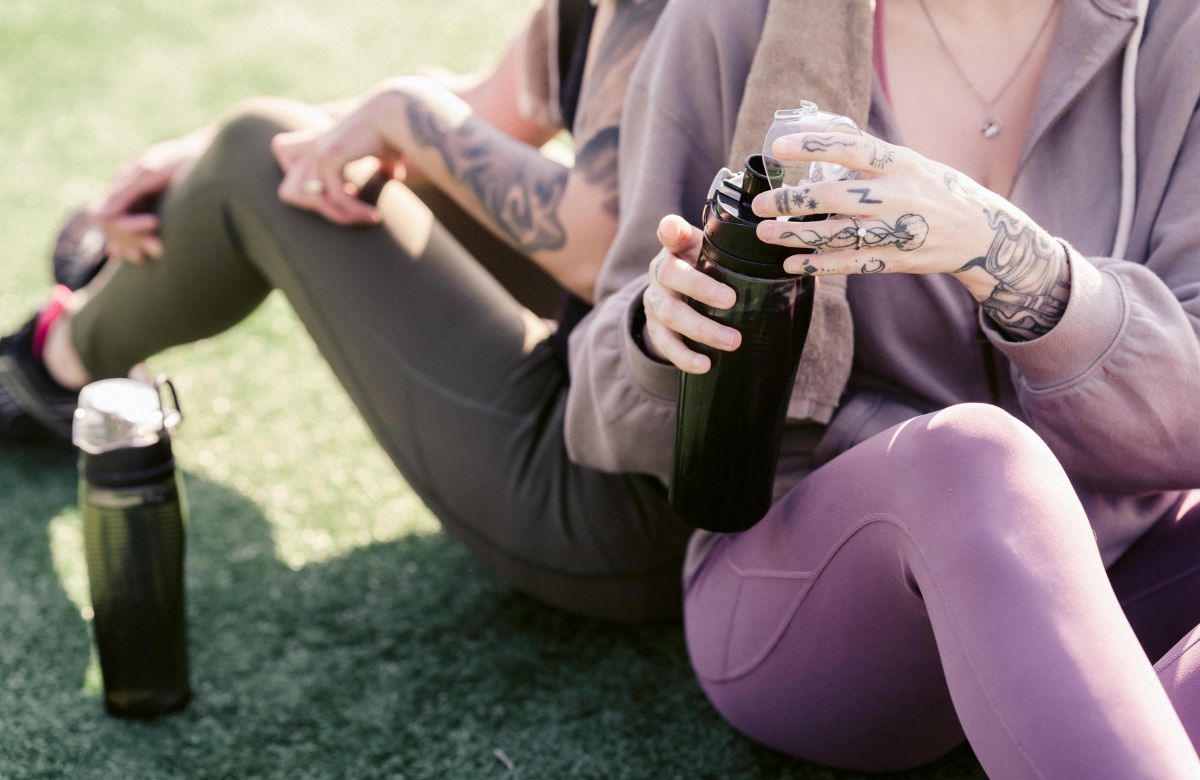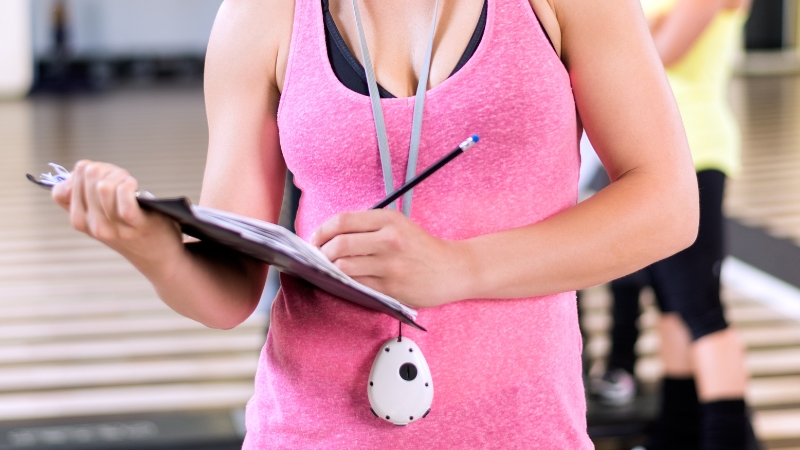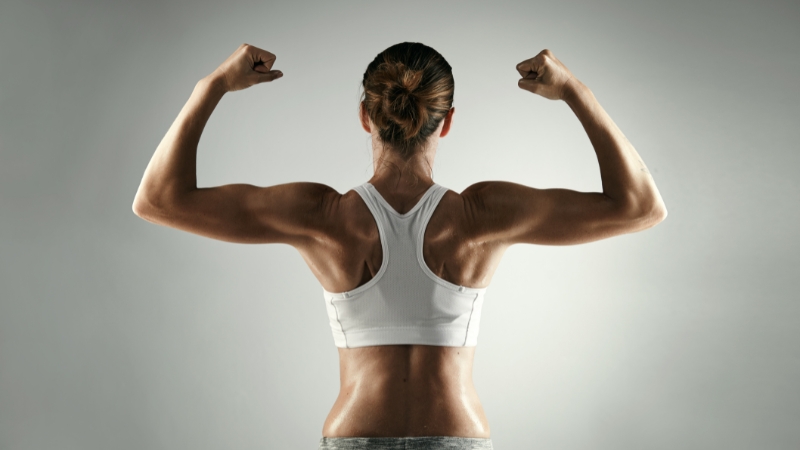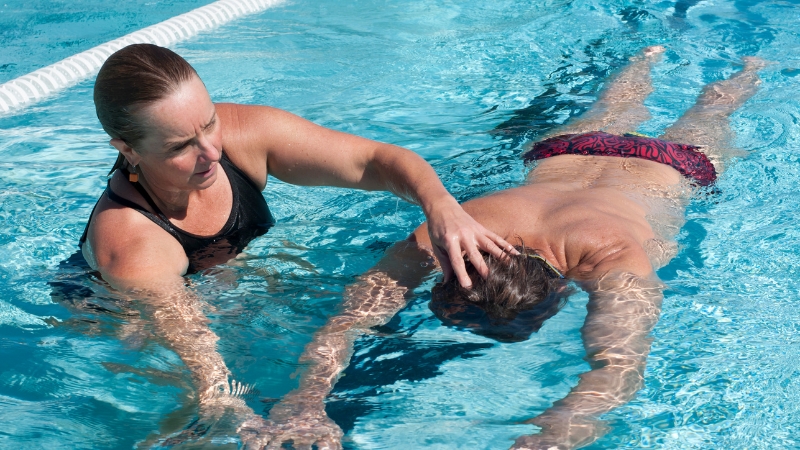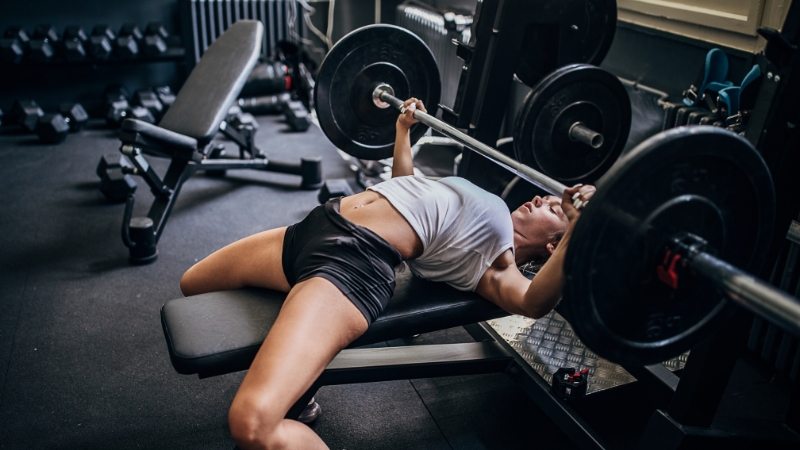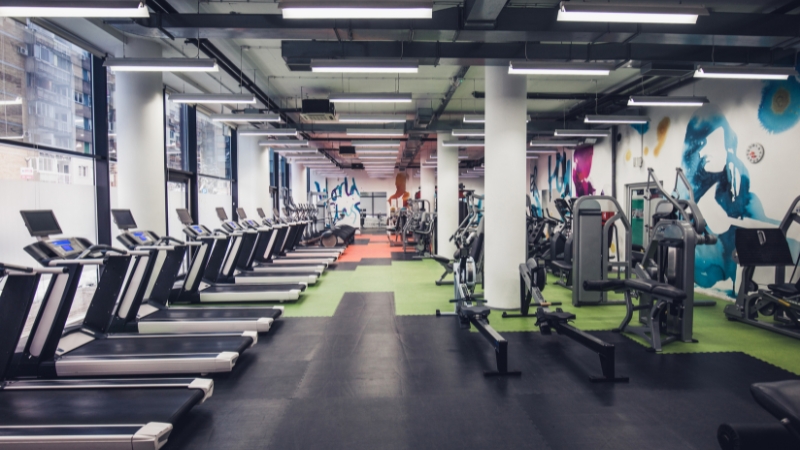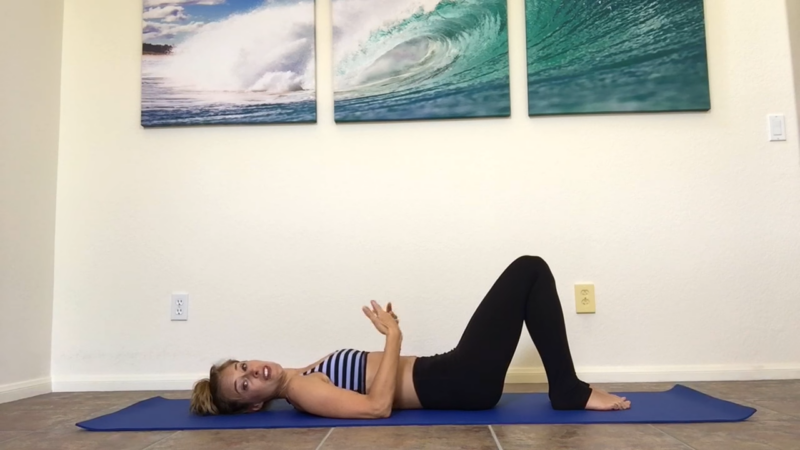
Share Post:
When you’re rolling out your mat and gearing up for a Pilates session, the Pilates 100 often kicks off the routine. Known simply as “The Hundred,” it’s a fundamental exercise that sets the tone, getting your blood pumping and your core engaged.
It doesn’t matter if you’re new to Pilates or a seasoned pro, The Hundred remains a staple, offering both a challenge and a warm-up.
Let’s break it down so you can nail the technique and reap all the benefits without any unnecessary strain.
Table of Contents
ToggleThe Starting Position
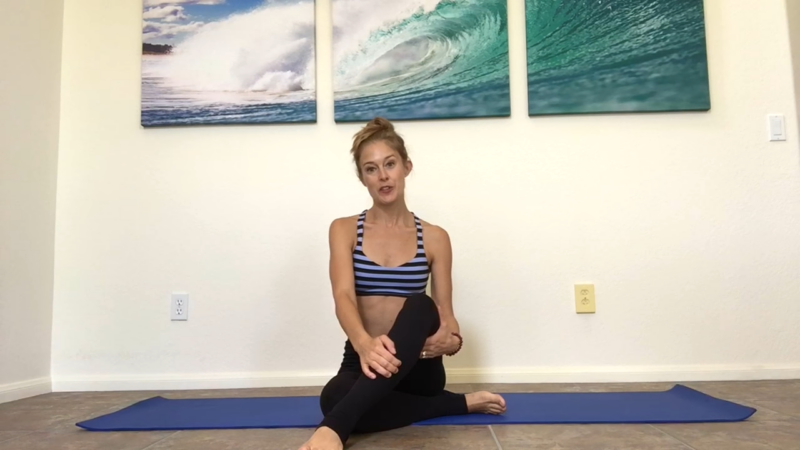
Every good Pilates routine begins with proper alignment, and The Hundred is no exception. Start by lying on your back, with your knees bent and feet flat on the floor. Take a moment to feel grounded on your mat.
Your core engagement starts here—imagine pulling your belly button towards your spine. This small action flattens your lower back against the mat, setting a solid foundation. Next, bring your legs up into a tabletop position.
Your knees should be bent at a 90-degree angle, with your shins parallel to the floor. If this is where you’re comfortable, stay here; if you’re ready for more, we’ll get into leg extensions in just a bit.
Engaging the Upper Body
Now that your lower half is set, it’s time to involve your upper body. Begin by lifting your head, neck, and shoulders off the mat as if you’re curling towards your chest. Your gaze should naturally fall towards your legs or your navel—this helps keep your neck in a neutral position and prevents straining.
Extend your arms straight out by your sides, hovering just above the mat. Your arms should be strong, fully extended, but not locked at the elbows. Think of reaching for something just out of reach, energizing the length of your arms.
Moving to Leg Extensions
If you’re new to Pilates, keeping your legs in that tabletop position might be the best option for now. But if you’re up for a challenge, go ahead and extend your legs out at a 45-degree angle.
Pay attention to your lower back—if it starts to arch away from the mat, it’s a sign to bring your legs higher. The goal is to keep your lower back flat and your core fully engaged.
Let the Arm Pulses Begin
With your body in position, it’s time to start the signature arm pulses that give The Hundred its name. The movement is small but powerful. Your arms should pulse up and down with a controlled motion, moving no higher than your hips and no lower than the mat.
This isn’t about flailing your arms wildly; it’s a focused, precise movement driven by your shoulders, keeping your arms straight and strong.
Breathing Is Key
In Pilates, breathwork is essential, and The Hundred emphasizes it more than most exercises. The pattern is simple but crucial: Inhale through your nose for five counts as your arms pulse five times, then exhale through your mouth for five counts with another five arm pulses.
You’ll repeat this pattern for 10 full breaths, which adds up to 100 arm pulses—hence the name. As you breathe, imagine filling your lungs from the bottom up, expanding your ribs wide, and then exhaling completely, drawing your navel closer to your spine.
This rhythm not only oxygenates your body but also keeps your core deeply engaged throughout the exercise.
Keeping Your Form Sharp
A common challenge in The Hundred is maintaining your form as fatigue sets in. Here are some tips to help you stay on track:
- Lower Back Arching: If you notice your lower back lifting off the mat, it’s a signal that your core isn’t as engaged as it should be, or your legs are extended too low. To fix this, either bring your legs higher or revert to the tabletop position. Protecting your lower back is more important than how low your legs can go.
- Neck Strain: It’s easy to tense up in the neck, especially if your shoulders aren’t lifted enough. If you feel strain, consider placing one hand behind your head for extra support. Your goal is to keep the movement in your core, not in your neck.
- Breathing Rhythm: If you lose the rhythm of your breath, pause and reset. Proper breathing is just as significant as the movement itself, so take your time to find that sync again.
- Arm Movement: Ensure that your arms are moving from the shoulders and not from the wrists or elbows. The pulse should be small and controlled, with the primary focus remaining on engaging your core.
Once you’ve mastered the basic form of The Hundred, there are plenty of ways to mix things up and add new challenges to your practice.
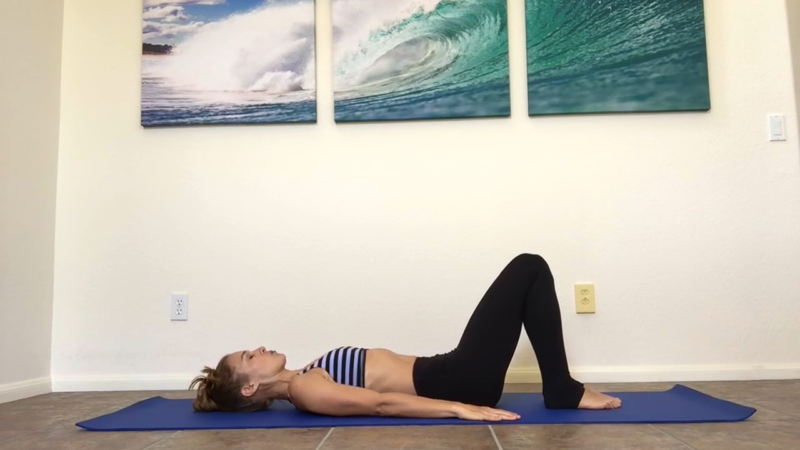
Leg Position Variations
- Bent Knees: A great starting point, especially if you’re new to Pilates. Keep your knees bent and legs in tabletop to build strength without compromising your form.
- Legs Raised: For those seeking a challenge, lift your legs straight up towards the ceiling while maintaining the arm pulses. This adds an extra element of core stability.
- Scissors: Want to take it up a notch? Try alternating lifting one leg higher while lowering the other in a scissors-like motion. Keep the arm pulses going throughout this movement for a serious core workout.
Using Props
- Pilates Ring: Hold a Pilates ring between your hands and squeeze it as you pulse your arms. This variation increases engagement in the arm and chest muscles.
- Resistance Band: Place a resistance band around your thighs or feet to add resistance. This variation not only challenges your core but also targets your leg muscles.
Playing with Tempo
- Slow Down: Slowing the arm pulses down increases the time your muscles spend under tension, making the exercise more challenging.
- Double Time: Speeding up the pulses can elevate your heart rate and increase the intensity, perfect for those looking to add a bit of cardio to their routine.
Tips for Getting the Most Out of Pilates 100
Here are a few pointers to ensure you’re getting the best workout possible from The Hundred:
- Core Focus: Remember, your core is the star of this exercise. Always keep your abdominals engaged, which not only maximizes the benefits but also protects your lower back from strain.
- Start Slow: Especially if you’re new to The Hundred, start with fewer pulses—say 50—and build up as your strength and confidence grow. Quality over quantity is key.
- Listen to Your Body: Pilates is about challenging yourself, but not at the expense of comfort. If your neck or lower back starts to hurt, modify the exercise. Keep your legs higher, place your head down, or reduce the number of pulses. The goal is to push yourself within safe limits.
The Value of Pilates 100 in Your Routine
The Pilates 100 isn’t just a warm-up; it’s a cornerstone of Pilates practice that offers substantial benefits. If you’re building core strength, improving endurance, or just getting your blood flowing, The Hundred is a versatile and effective exercise that deserves a place in your routine.
As you practice, remember that it’s not just about reaching 100 pulses—it’s about performing each pulse with precision, control, and full engagement of your core.
It’s irrelevant if you’re sticking with the basics or just exploring variations, The Hundred can always be adapted to meet your needs and fitness level.
Also Read: To effectively strengthen your core, learn about the muscles targeted by planks here and explore beginner-friendly wall planks here.
Related Posts:
- Are You Addicted to Your Pre-Workout? Signs You…
- Does Creatine Make You Poop? What You Need to Know
- Can Yoga and Pilates Help in Reducing Cellulite?
- Pilates Ring Arm Workout: Tone and Strengthen with Every Rep
- Pilates vs. Yoga - Which is Better for Your Fitness Goals?
- Lower Ab Pilates with a Mini-Ball - Tone Your Tummy



